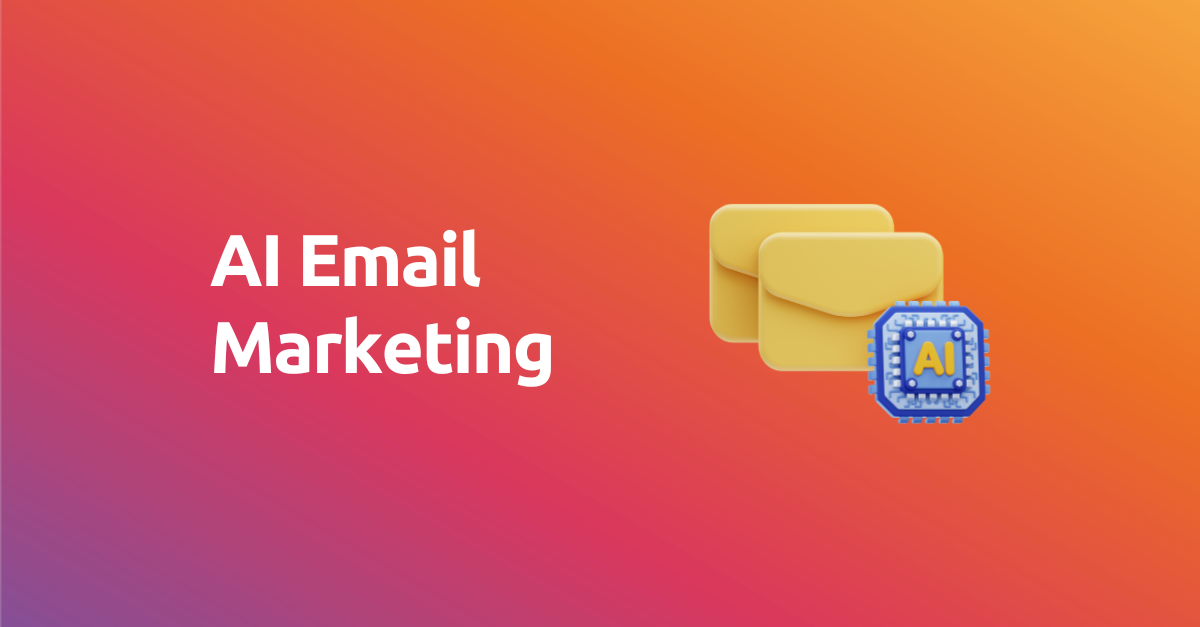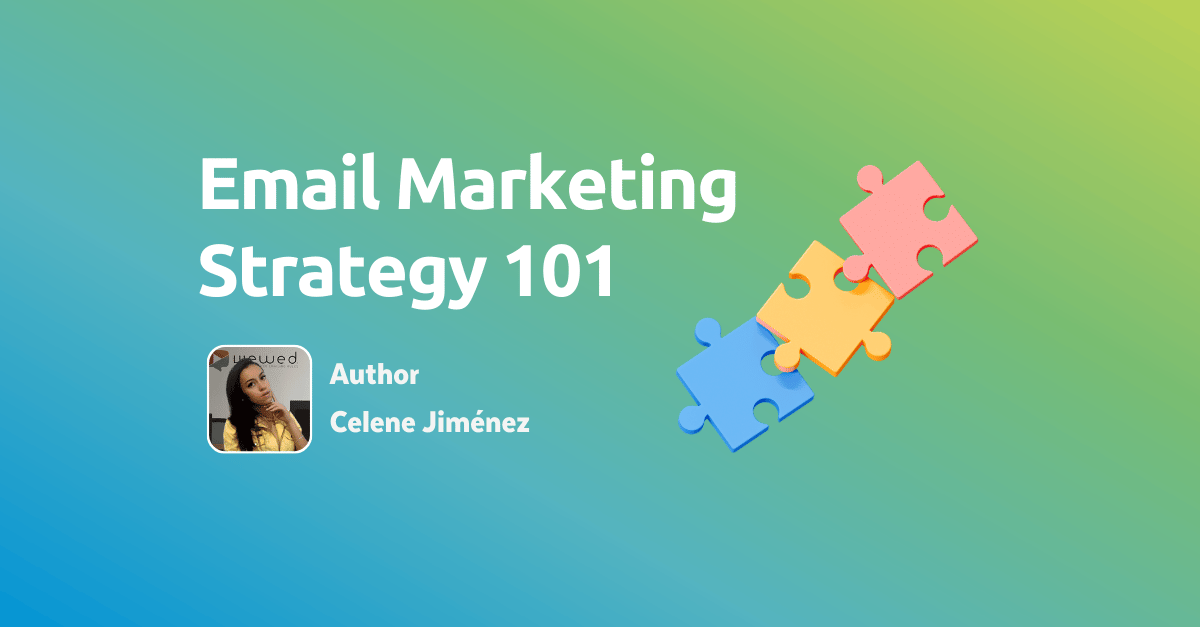Moreover, the growing focus on privacy regulations like GDPR has pushed marketers to rethink how they collect and use customer data. Now, transparency and consent are key, and this shift towards responsible marketing has helped build trust, making emails more welcomed by consumers.
Crafting Effective Email Strategies
Building effective email strategies that deliver results is both an art and a science. In 2025, the ability to craft emails that stand out in the crowded inbox has become a vital skill for any marketer. Whether you're aiming for higher open rates, better click-throughs, or driving conversions, the following proven techniques will help you build strategies that not only work today but also remain effective in the future.
1. AI-Powered Segmentation and Targeting
The advent of artificial intelligence (AI) has significantly altered the landscape of email marketing, allowing brands to deliver content that feels tailor-made for each subscriber. The era of generic mass emails is fading; instead, brands are embracing the importance of precision targeting fueled by data-driven insights.
AI equips marketers with the tools to segment their audiences more effectively than ever before. By examining valuable data points—such as demographic information, previous interactions, purchasing behavior, and engagement metrics—companies can categorize their email lists into finely tuned segments. This enables the creation of communications that truly resonate with the intended audience, whether they are onboarding new users or engaging returning customers. For example, new subscribers might receive a friendly introduction with enticing offers, while loyal customers could be treated to customized recommendations that align with their past purchases.
Additionally, AI technology empowers marketers to anticipate what content will engage each user, improving the overall effectiveness of email campaigns. By analyzing past behaviors, AI can recommend products or services that are relevant to the recipient’s interests and preferences. This technology also helps identify the best times to send emails, increasing the likelihood of opens and interactions.
Incorporating AI-driven segmentation and targeting into email strategies not only elevates engagement rates but also fosters stronger customer relationships. This tailored approach leads to higher conversion rates and enhanced brand loyalty.
2. Dynamic Personalized Videos
In 2025, the integration of dynamic personalized videos into email marketing strategies is setting a new standard for engagement. Brands are leveraging advanced data analytics to create videos that resonate with recipients based on their behaviors, interests, and previous interactions, resulting in a far more personalized and immersive experience.
By utilizing information such as browsing habits, purchase history, and even cart abandonment data, brands can produce videos that feel highly relevant and timely. For instance, a customer who recently explored specific products might receive a video highlighting those items, complete with tailored recommendations that reflect their unique preferences. This approach not only captivates the audience but also encourages them to engage with content that speaks directly to their interests.
The dynamic nature of these videos is essential; they are generated at the moment of a user's interaction with a website, ensuring that the content is up-to-date and relevant. This real-time delivery improves the overall customer experience and significantly increases email performance, leading to higher open rates and conversions.
By incorporating dynamic personalized videos into their email strategies, brands offer recipients a more engaging and memorable experience. This innovative approach not only keeps users connected throughout their journey but also reinforces brand loyalty amid the ever-evolving landscape of email marketing trends.
3. Interactive Emails: Engaging Experiences for 2025
Interactive emails are emerging as a powerful strategy to captivate audiences and enhance engagement. These emails allow recipients to interact directly with the content, transforming a traditionally static medium into a dynamic experience that holds their attention. By incorporating features like quizzes, surveys, image carousels, and even embedded videos, brands can create a more engaging and immersive journey for their subscribers.
One of the most exciting aspects of interactive emails is their potential to integrate video seamlessly. Integrating video in an email marketing strategy not only enhances the visual appeal but also increases the likelihood of engagement. Imagine a recipient receiving an email that allows them to watch a product demonstration or a personalized message without having to leave their inbox. This not only saves time but also fosters a deeper connection with the content. Interactive elements, combined with video, create a richer narrative, encouraging users to explore more and take action.
Moreover, interactive emails play a crucial role in the email marketing funnel by guiding recipients through their journey in a more engaging way. For instance, a quiz embedded in the email can help determine a customer’s preferences, allowing brands to tailor follow-up content accordingly. This level of interactivity encourages recipients to engage with the brand actively, rather than passively reading an email. As they navigate through quizzes or click on product options, they’re not just consuming content; they’re participating in the brand’s story.
Additionally, these emails can collect valuable feedback and insights. When subscribers engage with elements, they provide brands with real-time data on preferences and behaviors. This information can be used to refine future campaigns, ensuring that the content delivered resonates deeply with the audience.
4. Marketing Omnicanal
Omnichannel marketing is evolving into a more sophisticated and integrated approach, reshaping the way brands connect with their customers. While the concept of omnichannel has been around for some time, the rapid advancements in technology and changing consumer behaviors are pushing it into uncharted territory. Gone are the days when it merely meant having a presence on multiple platforms; the future lies in creating seamless, interconnected experiences that transcend channels and engage customers in new ways.
One of the most significant shifts in omnichannel marketing is the rise of AI-driven personalization across all touchpoints. Instead of treating each channel as a standalone entity, brands are now leveraging data to create a unified customer profile that travels with the consumer. This means that whether a customer interacts with a brand via email, social media, or in-store, they will receive a cohesive experience tailored to their preferences.
Another exciting development is the integration of augmented reality (AR) and virtual reality (VR) into the omnichannel landscape. In 2025, customers will expect to experience products in ways that were previously unimaginable. Imagine being able to virtually try on clothes or see how furniture fits in your living room through an app, then receiving targeted follow-ups via email or social media that highlight similar products or complementary items. This technology not only enriches the customer journey but also allows brands to gather data on consumer preferences in real-time, further enhancing the personalization factor.
Moreover, the concept of conversational marketing is set to revolutionize omnichannel strategies. As consumers become more accustomed to interacting with brands through chatbots and voice-activated devices, the expectation for immediate, relevant responses will grow. In 2025, brands will need to ensure that their conversational interfaces are not just reactive but also proactive, engaging customers with tailored recommendations and offers based on previous interactions. This kind of seamless, real-time communication across channels creates a more fluid experience, making customers feel valued and understood.
Finally, the future of omnichannel marketing will also see an increased focus on sustainability and ethical practices. Today’s consumers are more conscious of their purchasing decisions and expect brands to align with their values. In 2025, integrating sustainable practices across all channels—not just in marketing messages but also in product sourcing and customer service—will become a key differentiator. Brands that can effectively communicate their commitment to sustainability through cohesive messaging across all touchpoints will build stronger relationships with consumers who prioritize these values.
5. Smart Automation and Predictive Analytics
As we advance into 2025, smart automation is set to revolutionize email marketing by not just automating tasks but by using predictive analytics to anticipate customer needs and behaviors. While traditional automation focuses on sending pre-scheduled emails based on specific triggers, the future lies in adaptive systems that learn from customer interactions and adjust campaigns in real time. This shift enables marketers to deliver content that is not only timely but also aligned with each subscriber's evolving preferences.
Imagine a scenario where an automated system can analyze a customer's engagement patterns, such as their interaction history, browsing behavior, and even sentiment analysis from previous communications. With these insights, brands can craft tailored messages that not only address immediate interests but also suggest relevant future actions. For example, if a subscriber frequently opens emails about fitness products, the system might proactively send workout tips or new product launches in that category, fostering a deeper connection with the customer.
Additionally, the incorporation of predictive analytics into email marketing strategies allows businesses to optimize their campaigns continually. By utilizing machine learning algorithms to analyze vast amounts of data, marketers can identify trends and predict which content will resonate best with specific segments of their audience. This data-driven approach ensures that brands are not just reacting to past behaviors but are actively shaping future interactions to enhance the customer journey.





.png)
